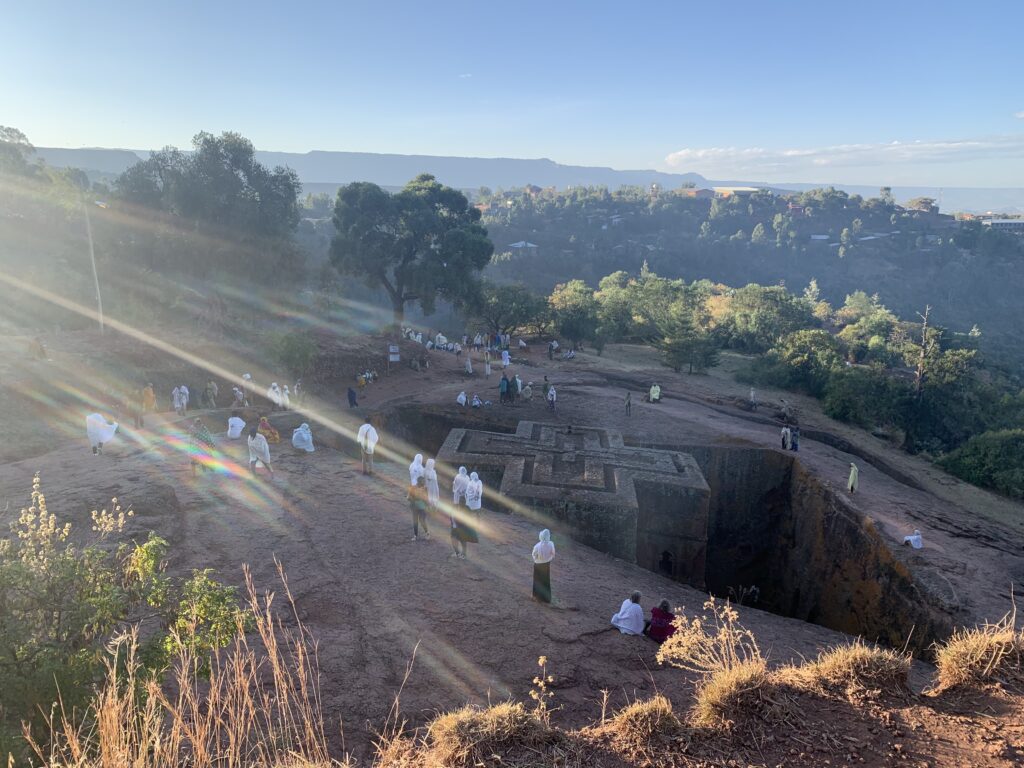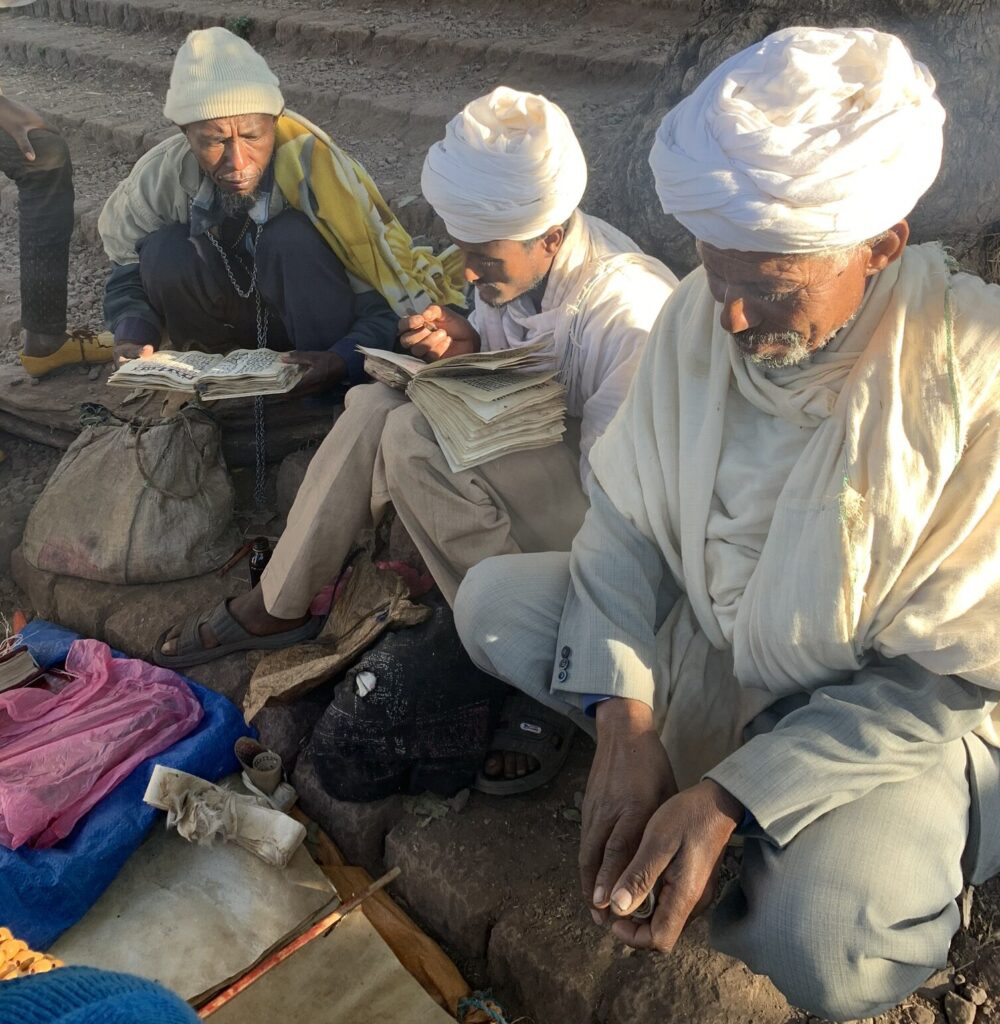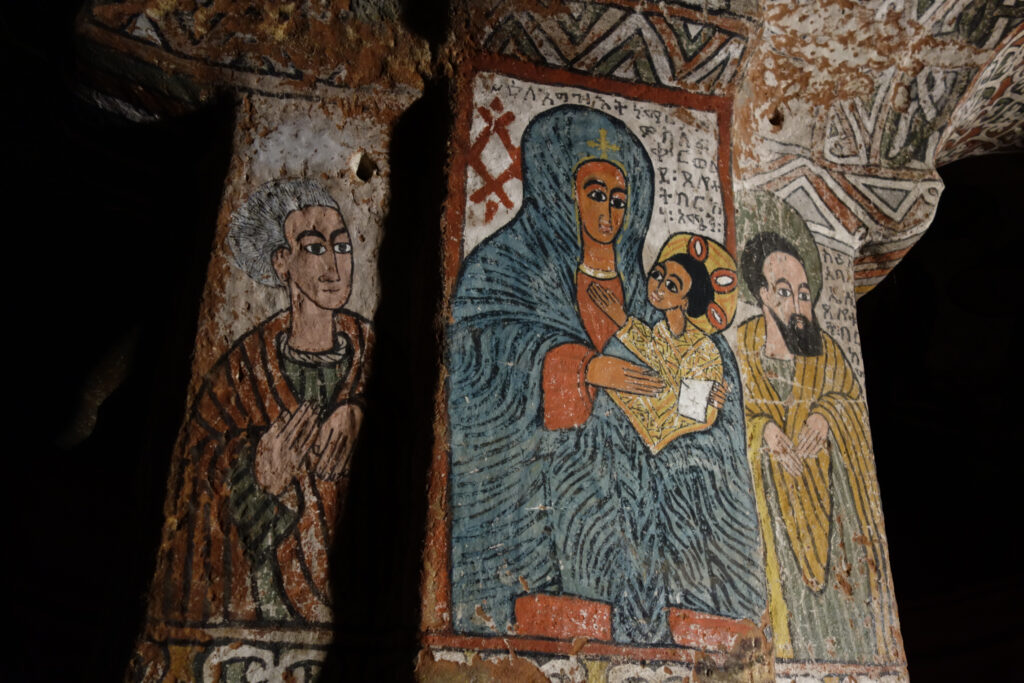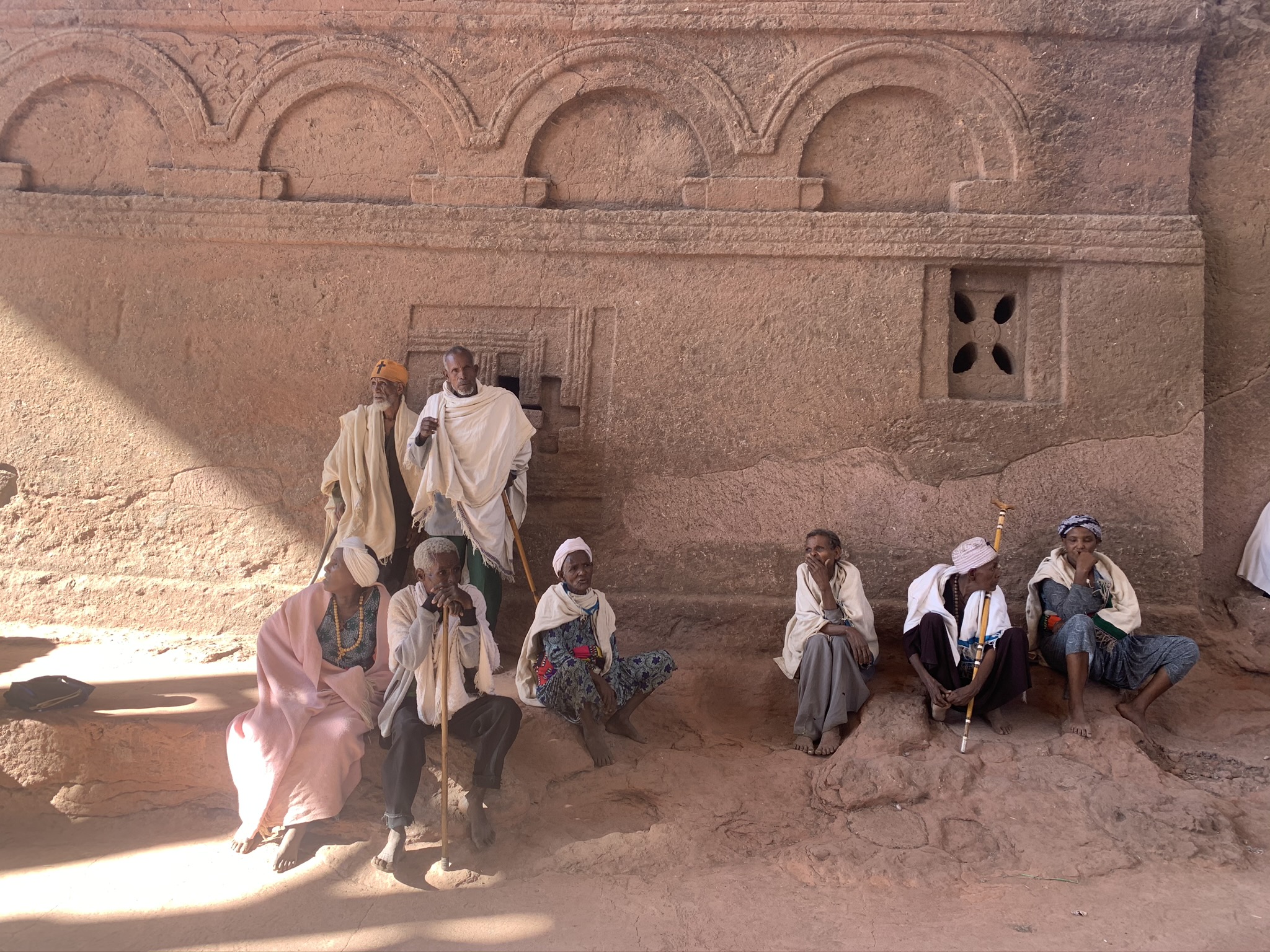About

Ethiopia’s heritage conservation methods have been utilizing antique and traditional techniques for millennia, and they are still effective in restoring and conserving local heritages. The methods and wisdom have been passed down through generations, but what lags behind is the development and support from the government and international organizations. Most of Ethiopia’s cultural heritages are in danger of being demolished due to poor conservation practices and management. Therefore, a profound effort needs to be made to produce capable art and culture conservators in the country.
The presence of diverse cultural resources in the country, particularly the availability of local artists, potters, craftsmen, and parchment writers, are key for projects like art, culture preservation and conservation. Ethiopia has many cultural treasures, such as books, scrolls, parchment, pictures, and artifacts, which are simply kept inside its churches and are not presented to tourists due to their vulnerability to being lost or stolen. However, these treasures could be made available to tourists if there were a mechanism to create their blueprints, symbols, and resemblances by local indigenous artisans and present them in a well-organized art institution or museum. This would not only preserve local art and culture but also help to encourage tourists to stay in the country for a longer period of time. Several artistic objects, treasures, and relics need preservation.


Furthermore, project organizers conducted a pilot survey on the practice, challenges, and opportunities of artists and craftsmen in Lalibela and nearby communities by employing semi-structured interviews and personal observations as methods of data gathering. They have experienced several bottlenecks, such as the absence of advanced crafting and painting equipment, comfortable gallery rooms, online art gallery presentations, and shops to display their masterpieces. Young contemporary artists were particularly keen to receive professional training and support for their future performances.
This has discouraged others from pursuing the profession, as we discovered from interviews with some of the artists and craftsmen in Ethiopia. To fill this gap, this project aims to play a significant role in capacity building, professional training, and scientific and technical assistance to Ethiopian artisans, with the aim of transforming antique art and cultural conservation methods.
To apply, students will need to be available to come to Lalibela, and a written application form will be provided. Our goal is to work with university professionals to select suitable applicants. However, we also support and welcome local artists, craftsmen, and artisans to our program. Therefore, we will open the application process to the Lalibela community to have great collaboration with the cultural heritage sites.


instructors
Belay
Haileselassie
Ethiopia
Naomi
Meulemans
Belgium
Students and admission

The students that can participate in to the program are highly selected on their previous experience. We are looking to admit an overall selection of maximum 15 students and a minimum of 10 participants. In order to provide the best educational program and to learn from the pilot year, we would like to work with the same students consistently over a time framing of 1 year. The workshops will be assessed together with the students so that we can provide in 2022 a well operated program that answers the needs of the scholars.
Students will have to be available to come to Lalibela. A written application form will be provided and our aim is to work with university professionals to select suitable applicants. However, we support and welcome also local artists, craftsman, and artisans to our program. Therefore, we will open the application process to the Lalibela community in order to have a great collaboration with the cultural heritage sites.